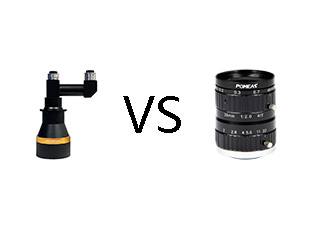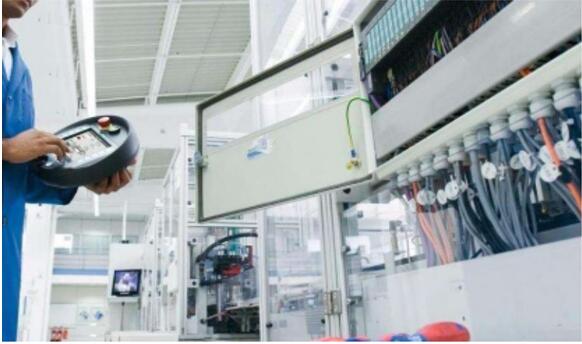A Guide to Understanding the Differences Between Telephoto Lenses and FA Lenses
In the fields of industrial automation and precision measurement, telecentric lenses and FA lenses serve as two core optical components, exhibiting significant differences in their technical characteristics and application scenarios. The following provides a professional analysis from three perspectives: optical principles, performance characteristics, and selection recommendations.


Optical Principle Comparison
1. Telecentric lenses achieve “orthogonal projection” through parallel light incidence. Their unique optical path design ensures constant image magnification within a specific object distance range (with error controllable within 0.0017mm/mm) and exhibits ultra-low distortion (<0.1%). Based on optical path direction, they are categorized into three types: object-side telecentric, image-side telecentric, and dual telecentric. Biconcave telecentric lenses simultaneously eliminate both object-side and image-side parallax, making them particularly suitable for high-precision applications such as semiconductor inspection.
2. FA lenses, as simplified designs of traditional industrial lenses, employ a fixed aperture structure. Their imaging rays form an angle, resulting in significant magnification variation with object distance and pronounced edge vignetting (30%-50% reduction in illuminance). Typical distortion rates range from 1% to 3%.
Performance Parameter Differences
01. Depth of Field Performance: Telecentric lenses offer 5-10 times greater depth of field than FA lenses. For example, at a 25mm working distance, telecentric lenses achieve a ±5mm clear imaging range, whereas FA lenses typically provide only ±0.5mm.
02. Edge Uniformity: Telephoto lenses maintain >95% relative illuminance across the entire field of view with resolution uniformity variation <5%. FA lenses exhibit 30%-50% resolution degradation at the edges.
03. Measurement Accuracy: Telecentric lenses achieve dimensional measurement repeatability of ±1μm. FA lenses suffer from perspective distortion, with typical uncertainty ranging from 0.5% to 2%.
04. Environmental Adaptability: FA lenses typically feature IP67 protection ratings, with some models offering oil-resistant coatings. Telecentric lenses require higher environmental sealing due to their large-aperture front-group design.
Typical Application Scenarios
1. Telecentric Lenses:
① Precision measurement of 3D objects (e.g., gear module inspection, medical stent diameter measurement), eliminating perspective errors caused by thickness
② Inspection of transparent/reflective materials (photovoltaic silicon wafers, glass covers), suppressing stray light with telecentric illumination
③ Positioning guidance requiring micron-level repeatability (watch movement assembly, chip placement)
2. FA lenses are more suitable for:
① Routine inspection of flat objects (housing scratches, label printing), costing only 1/5–1/10 of telecentric lenses
② Dynamic target recognition (logistics sorting lines), with strong working distance adaptability
③ Space-constrained scenarios (medical endoscopes), with volume reduced to 1/3 of telecentric lenses
Product recommendation
TECHNICAL SOLUTION
MORE+You may also be interested in the following information
FREE CONSULTING SERVICE
Let’s help you to find the right solution for your project!


 ASK POMEAS
ASK POMEAS  PRICE INQUIRY
PRICE INQUIRY  REQUEST DEMO/TEST
REQUEST DEMO/TEST  FREE TRIAL UNIT
FREE TRIAL UNIT  ACCURATE SELECTION
ACCURATE SELECTION  ADDRESS
ADDRESS Tel:+ 86-0769-2266 0867
Tel:+ 86-0769-2266 0867 Fax:+ 86-0769-2266 0867
Fax:+ 86-0769-2266 0867 E-mail:marketing@pomeas.com
E-mail:marketing@pomeas.com
